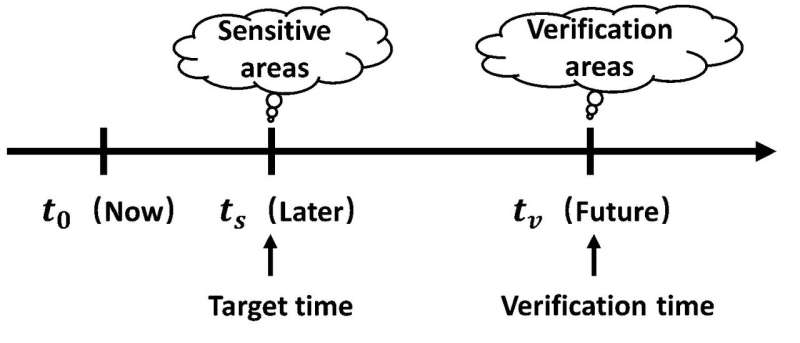Implications of targeted observation for ENSO prediction

Scientists from the Institute of Oceanology, Chinese Academy of Sciences (IOCAS) have made observations with respect to ENSO (El Niño-Southern Oscillation) events using an intermediate coupled model developed by IOCAS. They found that observing the central equatorial Pacific favors an improvement in prediction. When removing the initial condition errors in the central equatorial Pacific, ENSO prediction errors can be reduced by 25 percent.
Targeted observation is an observing strategy developed after the 1990s. Aimed at obtaining a better prediction with limited observations, the observational network is designed to optimize the initial conditions. In targeted observation, preferentially deploying observations in several key areas (also referred to as sensitive areas) is expected to reduce initial errors such that initial-error-induced prediction errors are also reduced, thus improving the prediction skill. Therefore, how to identify sensitive areas and what the implications are for predictions are the main issues in targeted observation.
Mr. Lingjiang TAO, Dr. Chuan GAO and Professor Ronghua ZHANG, from the Institute of Oceanology, Chinese Academy of Sciences (IOCAS), studied targeted observation with respect to ENSO (El Niño-Southern Oscillation) events using an intermediate coupled model developed by IOCAS. Based on idealized OSSEs (observing system simulation experiments), they found that observing the central equatorial Pacific favors an improvement in prediction skill. "When removing the initial condition errors in the central equatorial Pacific, ENSO prediction errors can be reduced by 25 percent," explains the first author of the study, published in Advances in Atmospheric Sciences, Lingjiang TAO.
The team further examined the season-dependent sensitive areas for targeted observation, and presented a seasonally varying observational network that can better use the observations to give a more accurate prediction. "In addition to observing in the central equatorial Pacific and its north throughout the year, increasing observations in the eastern equatorial Pacific during April to October is crucially important, bringing about improvements in the prediction accuracy by 62 percent," the authors explain. In addition, the study found that implementing targeted observation can effectively weaken the so-called SPB (spring predictability barrier) phenomenon, and thus the prediction skill is improved significantly.
Lastly, the authors discuss in their paper the challenges of targeted observation, especially with respect to uncertainties in sensitive areas. "The sensitive areas identified are logically dependent on the initial time and verification time, the verification areas, the variables to be focused upon (the precursors), and the model itself," says Mr. TAO.
More information: Ling-Jiang Tao et al, ENSO Predictions in an Intermediate Coupled Model Influenced by Removing Initial Condition Errors in Sensitive Areas: A Target Observation Perspective, Advances in Atmospheric Sciences (2018). DOI: 10.1007/s00376-017-7138-7
Provided by Chinese Academy of Sciences





















